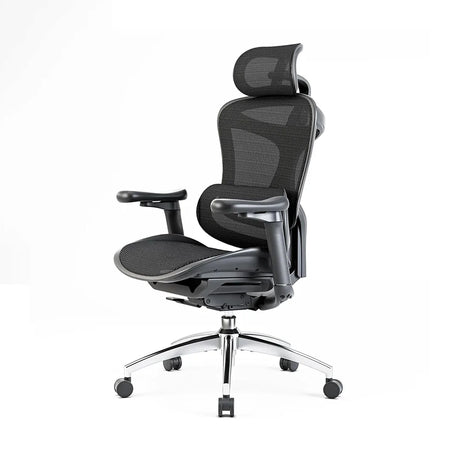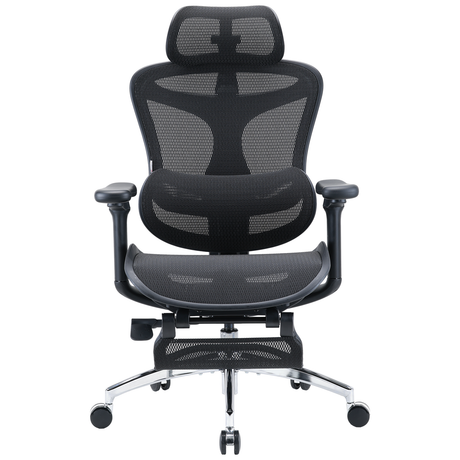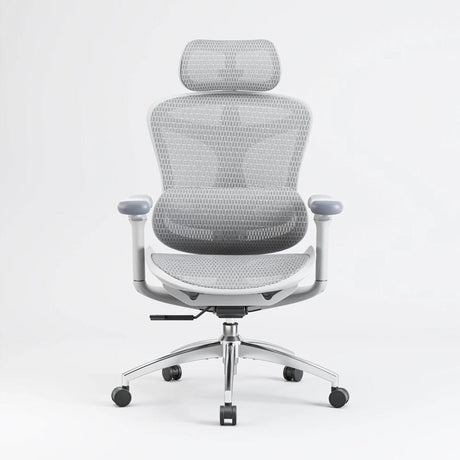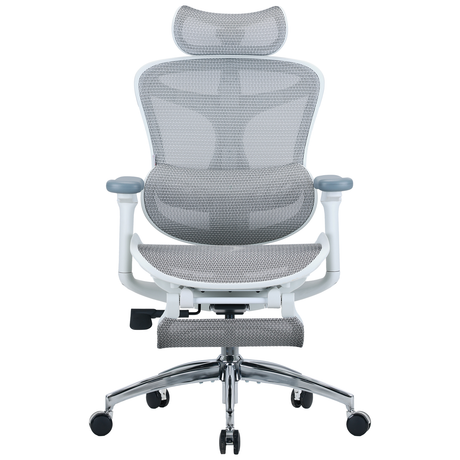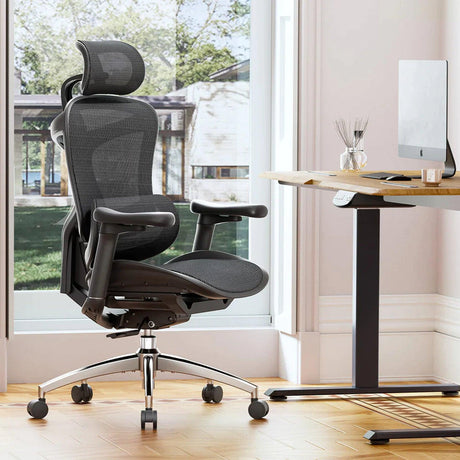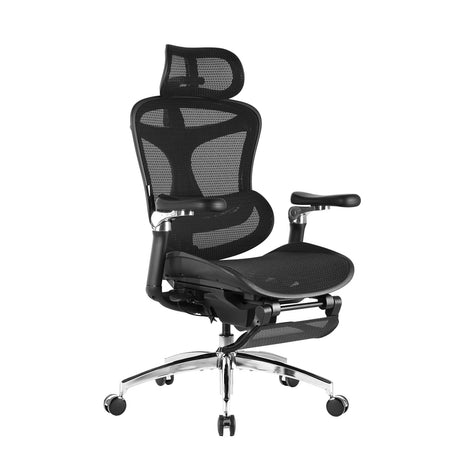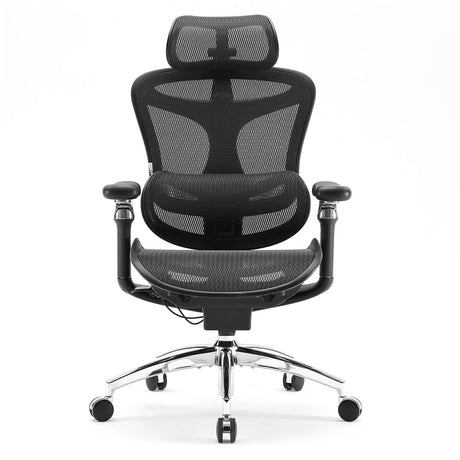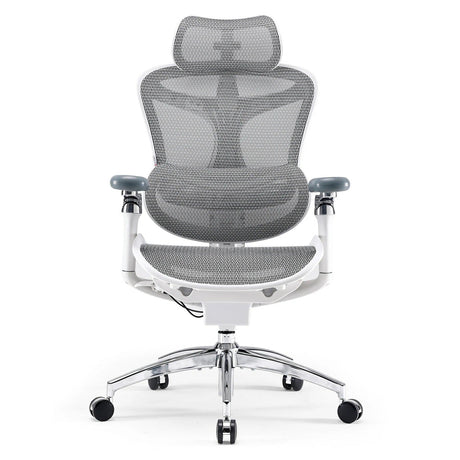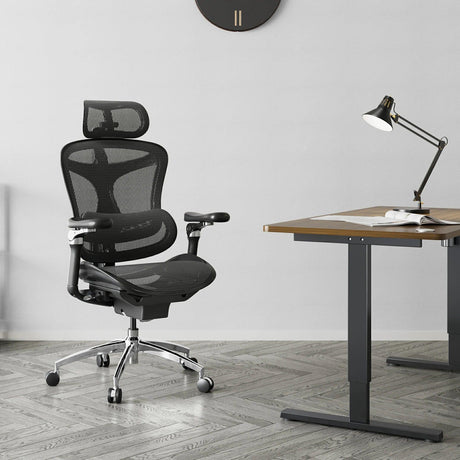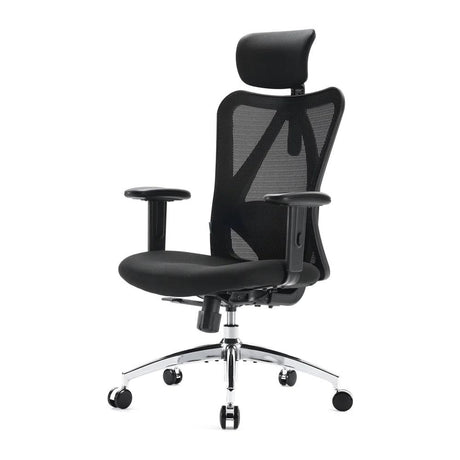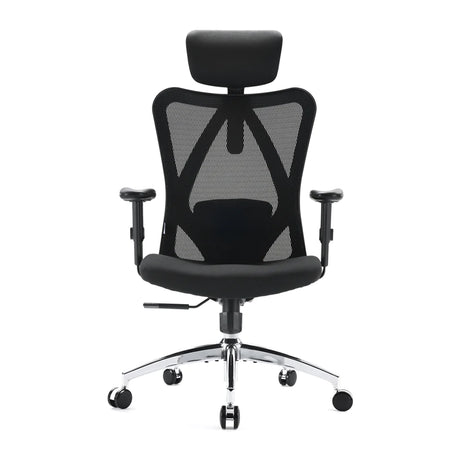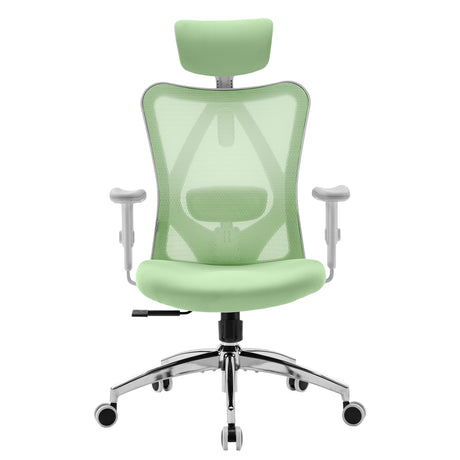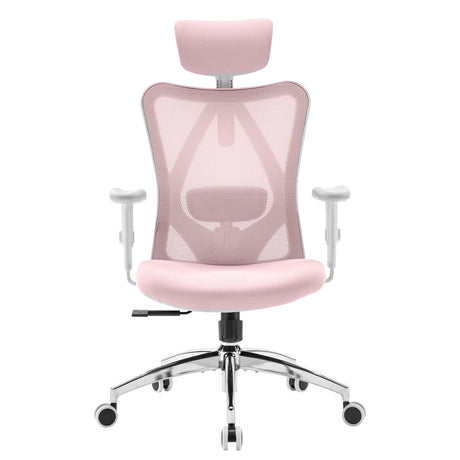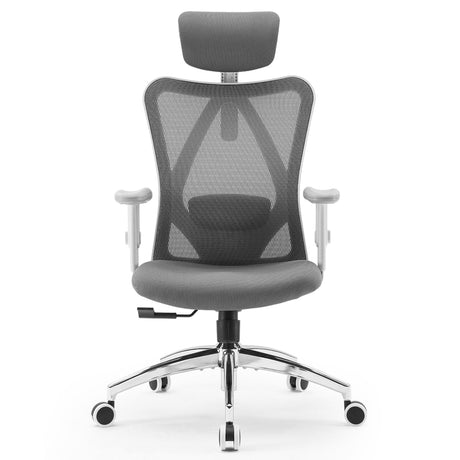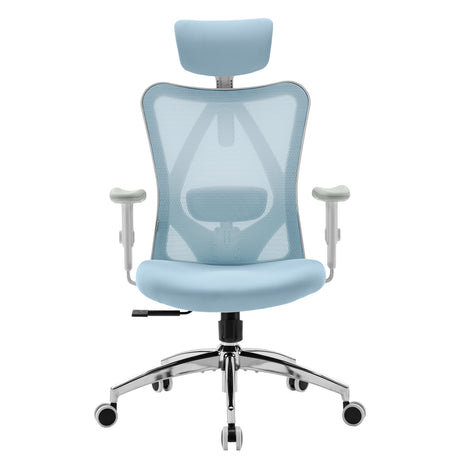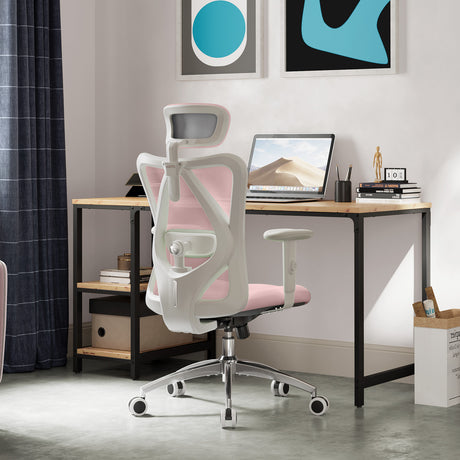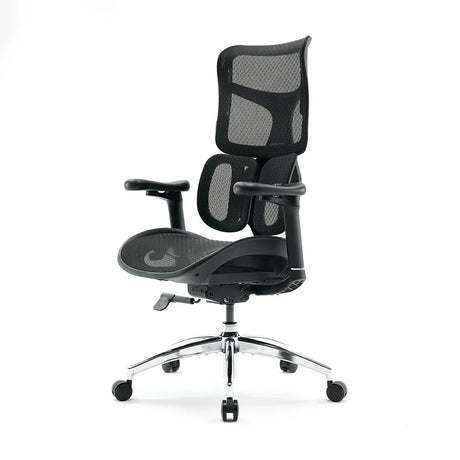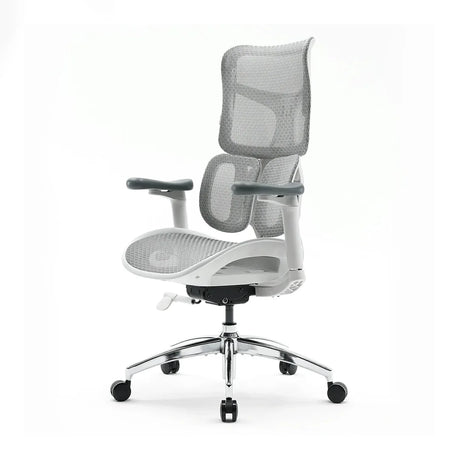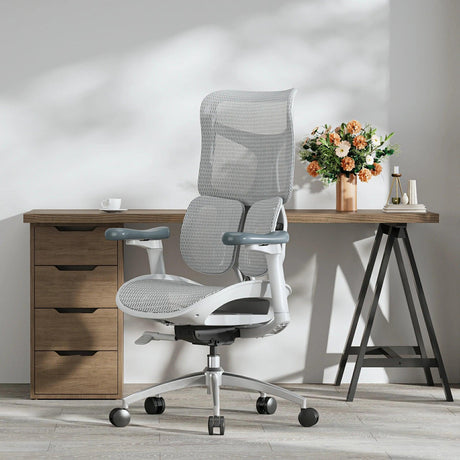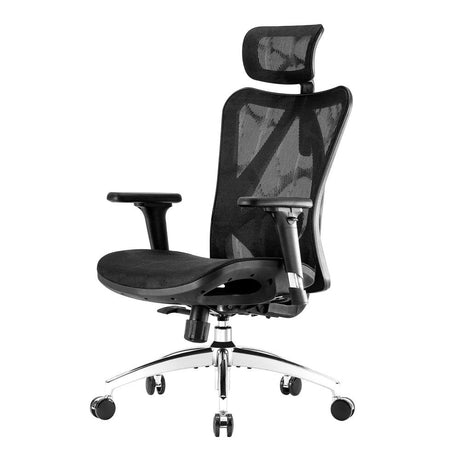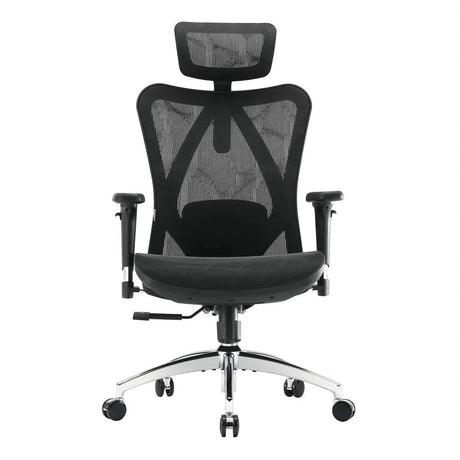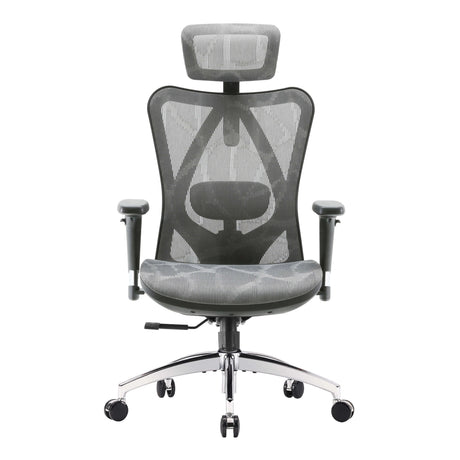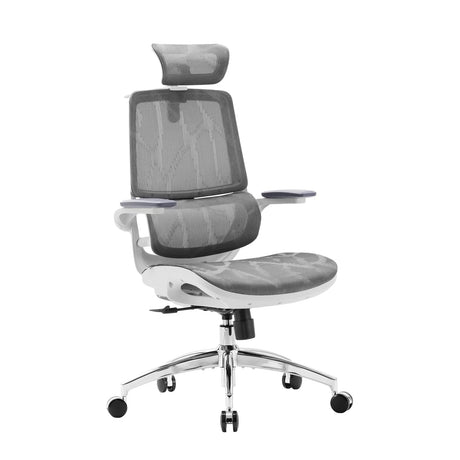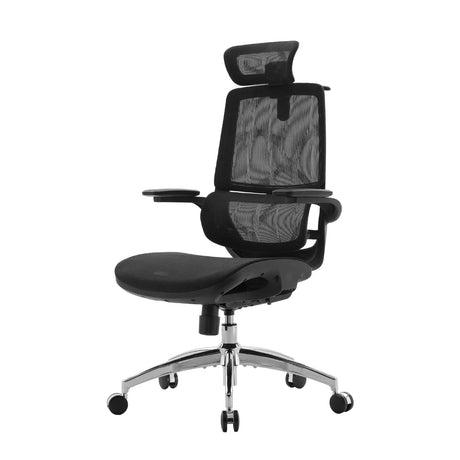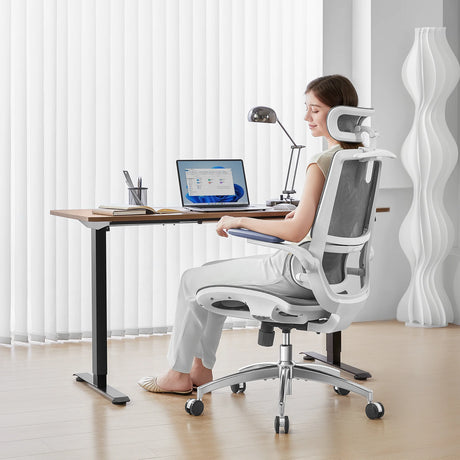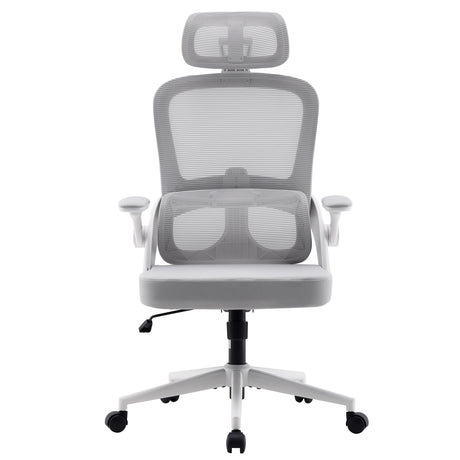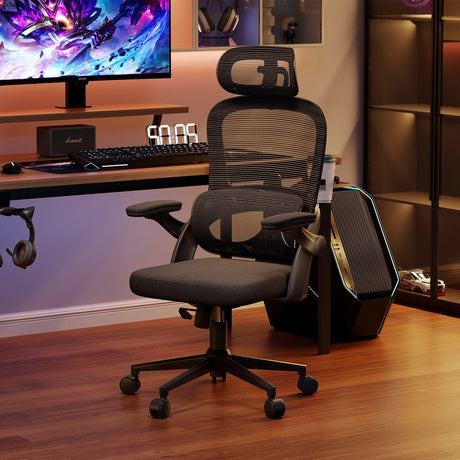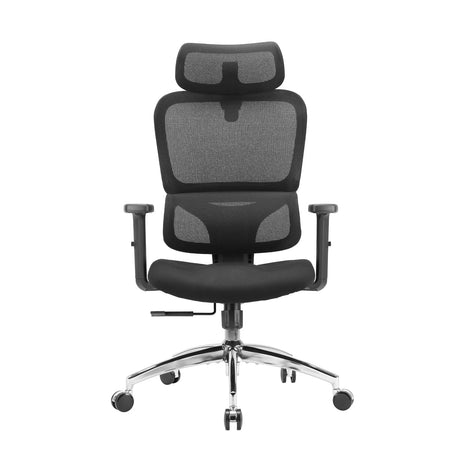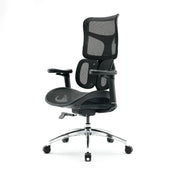When it comes to office furniture, one of the most common debates revolves around ergonomic chairs versus traditional office chairs. While ergonomic chairs are known for their health benefits, such as improved posture and reduced back pain, they are also touted as being more eco-friendly than their traditional counterparts. But is this true? Let’s break it down and see if ergonomic chairs really live up to their green reputation.
What Makes a Chair Eco-Friendly?
Before diving into the specifics of ergonomic chairs, it's essential to understand what makes a piece of furniture eco-friendly. Generally, an eco-friendly chair will:
- Use Sustainable Materials: Chairs made from recycled, biodegradable, or renewable materials have a lower environmental footprint than those made from non-sustainable or toxic materials.
- Be Built to Last: Products designed for durability, repairability, and long-term use tend to produce less waste, as they don’t need to be replaced as frequently.
- Have Minimal Impact During Manufacturing: The production process itself should have a minimal carbon footprint, including energy-efficient manufacturing and reduced emissions.
- Be Recyclable or Reusable: Once a chair reaches the end of its life, it should be easy to recycle or repurpose.
Now that we know what to look for, let’s compare ergonomic chairs to traditional chairs based on these criteria.
Sustainable Materials: Ergonomic vs. Common Chairs
Ergonomic chairs often use high-quality, durable materials like premium mesh, memory foam, and eco-friendly plastics. For example, ergonomic chairs like the Sihoo Doro C300 feature breathable mesh fabric, which allows for better airflow while also being a lightweight and recyclable material. The frame is usually made of strong, durable materials like aluminum or steel, which can be recycled at the end of their life.
In contrast, many traditional office chairs rely on low-grade plastics, synthetic leather, or foam that may not be recyclable or sustainable. While some manufacturers have started using more eco-friendly materials, they are often less durable, which can result in more frequent replacements.
Durability: A Key to Sustainability
One of the key aspects where ergonomic chairs shine is their durability. These chairs are designed for long-term comfort and support, with adjustable features that can be customized to individual needs. This means they tend to last much longer than traditional chairs, which may wear out faster due to inferior materials and lack of adjustability.
For instance, ergonomic chairs like the Sihoo Doro S300 are built with aerospace-grade glass fiber and advanced materials that ensure they stay in great shape for years. Since these chairs are designed to last, they reduce the need for replacements, helping to minimize waste and lowering the environmental cost of manufacturing and disposal.
On the other hand, many traditional office chairs are built with less emphasis on longevity. Their materials are often weaker, and once they start to show signs of wear and tear, they may need to be replaced sooner, leading to more frequent waste. These chairs often end up in landfills because they can’t be recycled or repurposed.
Energy-Efficient Manufacturing
The production of ergonomic chairs tends to be more energy-efficient compared to traditional chairs. Many ergonomic chair manufacturers are making strides to use renewable energy in their production facilities or opt for processes that use fewer resources. This includes reducing waste in manufacturing by using modular parts that can be replaced individually, rather than the entire chair being discarded when one component breaks.
In contrast, traditional chairs often come from mass-production factories that may not prioritize eco-friendly practices. These factories may use more energy-intensive processes, and the chairs themselves may be mass-produced in a way that encourages planned obsolescence (i.e., designed to fail or be replaced).
Recycling and End-of-Life Considerations
Ergonomic chairs are typically designed with end-of-life recycling in mind. Many of the components are easier to separate and recycle, which means less waste ends up in landfills. For example, the seat cushions and mesh backs can often be repurposed or recycled into new products, minimizing environmental impact.
In contrast, traditional chairs may use a mix of materials that are difficult to separate and recycle. For example, chairs with synthetic leather may contain toxic chemicals or PVC, which are not easily recyclable. This makes them less eco-friendly when it comes to disposal.
Does the Price Tag Reflect the Environmental Cost?
Ergonomic chairs are often more expensive than traditional office chairs, which may lead some to question whether they are worth the investment, especially from an eco-friendly perspective. However, while the upfront cost might be higher, ergonomic chairs can be seen as a long-term investment. The durability and long lifespan of these chairs mean that, over time, they are a more sustainable choice compared to cheaper, short-lived traditional chairs. In fact, purchasing a high-quality ergonomic chair could be considered an environmentally-conscious decision because you won’t need to replace it as often, which reduces overall waste.
Ergonomic Chairs in the Modern Workplace: An Eco-Friendly Trend?
The trend of using ergonomic chairs in the workplace aligns with broader efforts to create more sustainable office environments. Many companies are adopting ergonomic furniture not only to improve employee health but also to promote eco-consciousness. This is evident in initiatives where businesses aim to reduce their carbon footprint and reduce waste by opting for high-quality, durable office furniture that will last longer and require fewer replacements.
Conclusion: Are Ergonomic Chairs Truly More Eco-Friendly?
The answer is a resounding yes. When compared to traditional office chairs, ergonomic chairs are generally more eco-friendly. They are made with higher-quality, sustainable materials, are designed to last longer, and are easier to recycle at the end of their lifespan. While the initial investment may be higher, the long-term environmental benefits of ergonomic chairs outweigh the cost of frequently replacing cheaper, less sustainable alternatives.
As we move toward a more sustainable future, it’s clear that ergonomic chairs play an important role in reducing waste and promoting eco-friendly practices. So, if you're considering an upgrade to your office chair, not only will you benefit from improved comfort and health, but you'll also be making a more eco-conscious choice.

